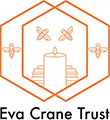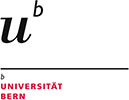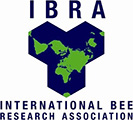|
The present study was conducted at Mekelle Agricultural Research Center with the objective of determining the foraging behavior of local honeybees in relation to climatic factors. This was done during the blooming time of Guzotia abyssinica (LF). The data were collected during five observations at time intervals of: 8:30-3:30 AM, 10:30-11:30AM, 12:30-13:30PM, 14:30-15:30 PM and 16:30-17:30PM during one day. Each observation time was considered as a treatment. The collected data were analyzed using GLM repeated measurement analysis procedure using Genstat and SPSS software. The highest numbers of honeybees were recorded at 8:30-9:30AM, while the least number of bees were recorded at 16:30-17:30PM. The number of bees that collected nectar had a positive association with air temperature (r=0.67; P=0.01) and negative relationship with relative humidity (r=-0.59; P=0.001). However, the number of bees that collected pollen had a positive correlation with relative humidity (r=+0.62; P=0.001) and a negative association with air temperature (r =-0.72; P=0.001). Thus honeybee activity was much higher during early morning hours. Honeybees also preferred a relatively higher air temperature for nectar than pollen collection, while they preferred a higher relative humidity for pollen than nectar collection. Honeybee and other insect pollinators can therefore be saved from pesticide hazards by not applying these chemicals at times when bee foraging activity is highest. Key words: humidity, nectar, pollen, pollination, temperature
|
|
Gebremedhn H, Tadesse A and Belay T 2014: Relating climatic factors to foraging behavior of honeybees (Apis mellifera) during blooming period of Guizotia abyssinica (L.F.). Livestock Research for Rural Development. Volume 26, Article #60. Retrieved October 11, 2014, from http://www.lrrd.org/lrrd26/4/haft26060.html
|
| http://www.lrrd.org/lrrd26/4/haft26060.html |









